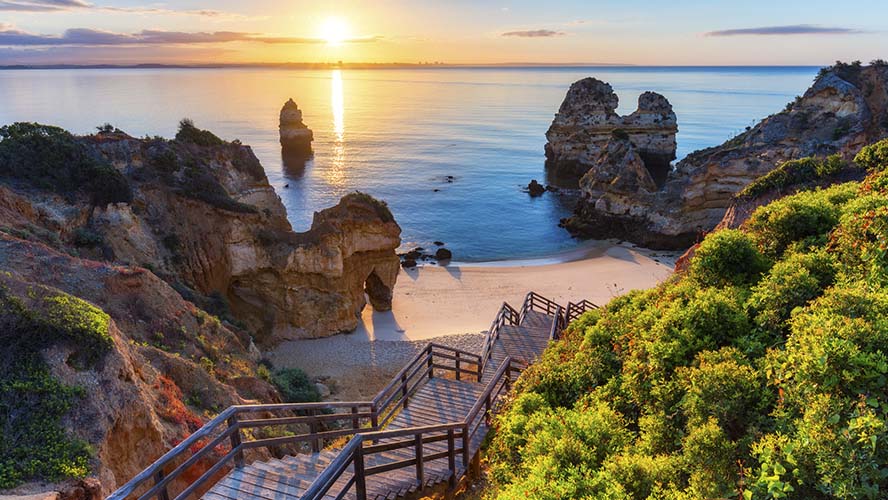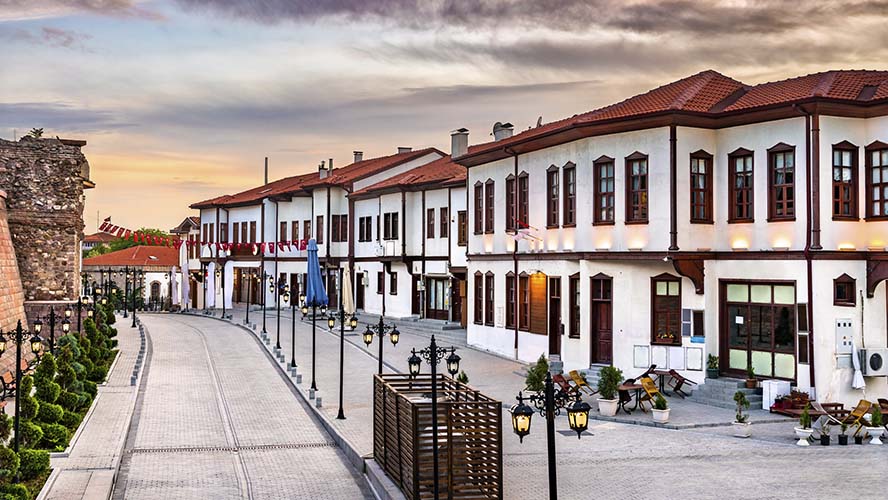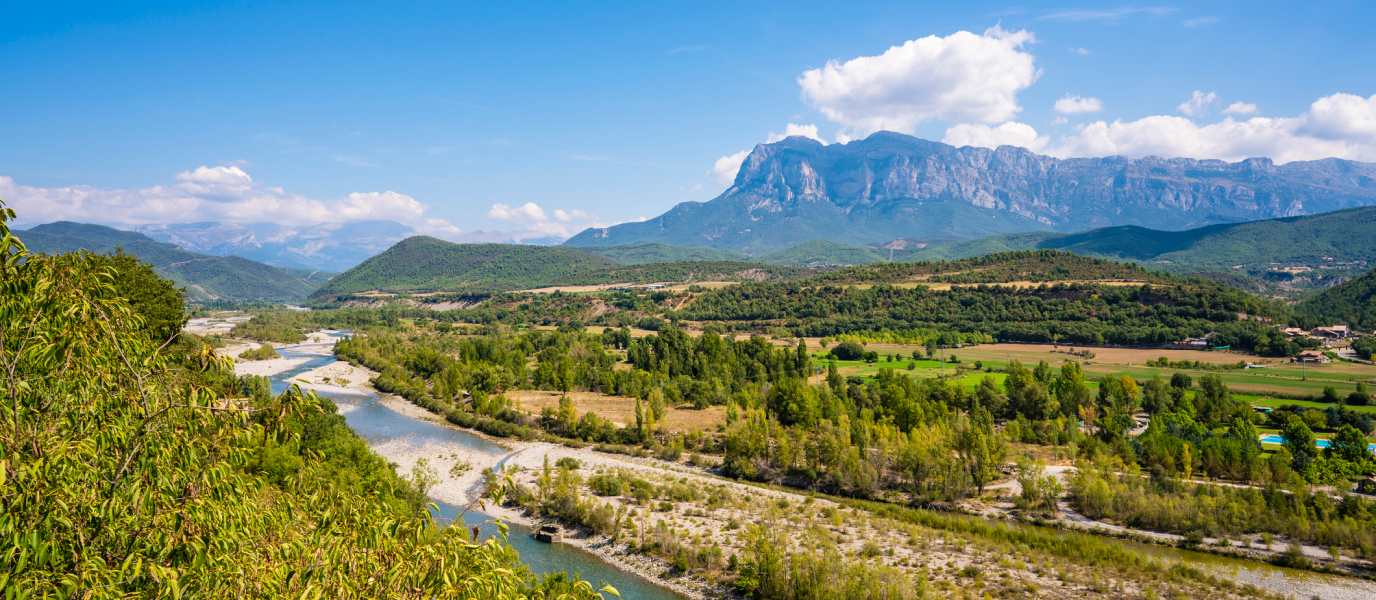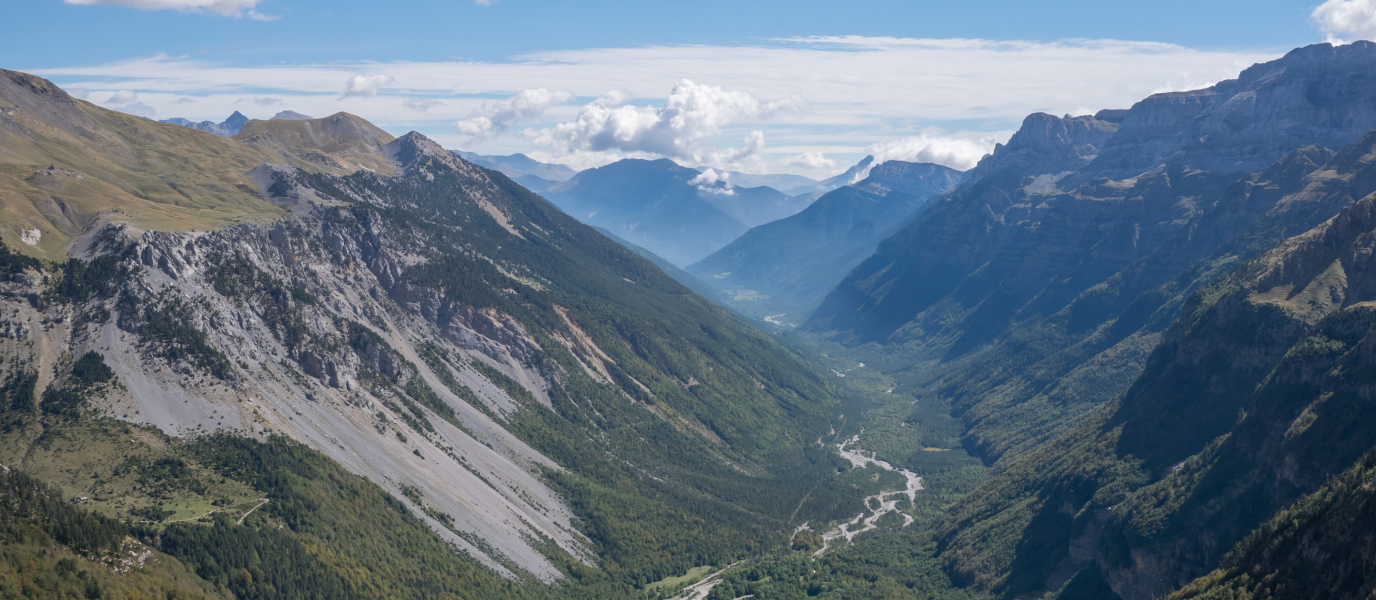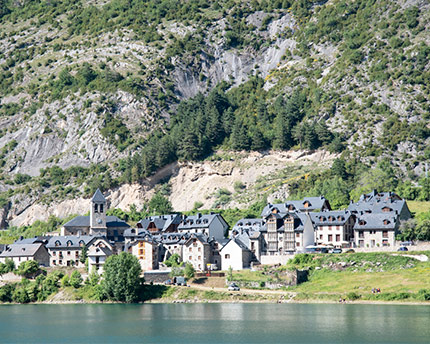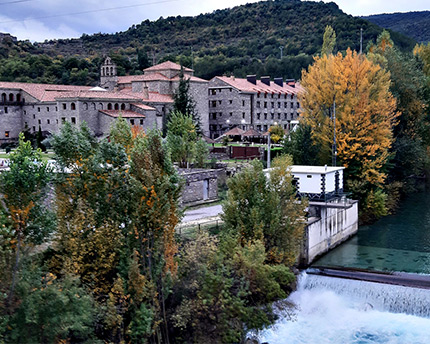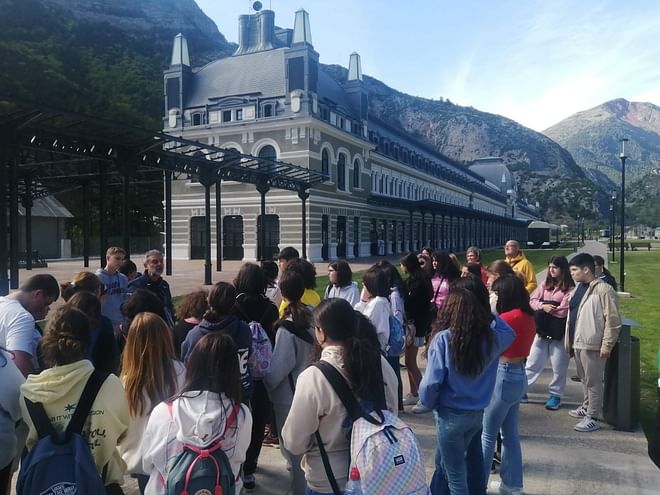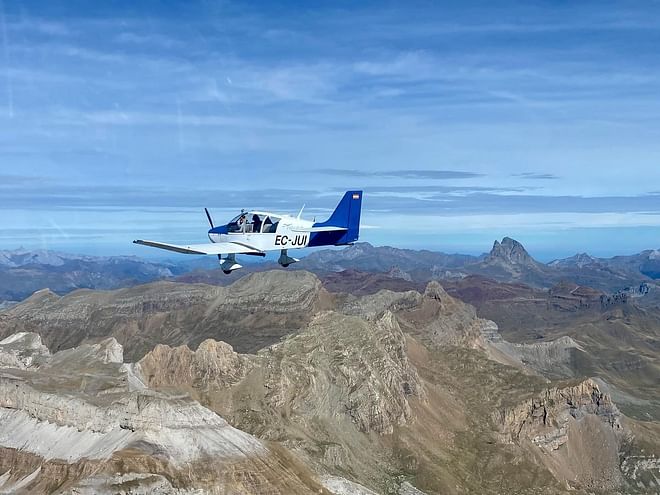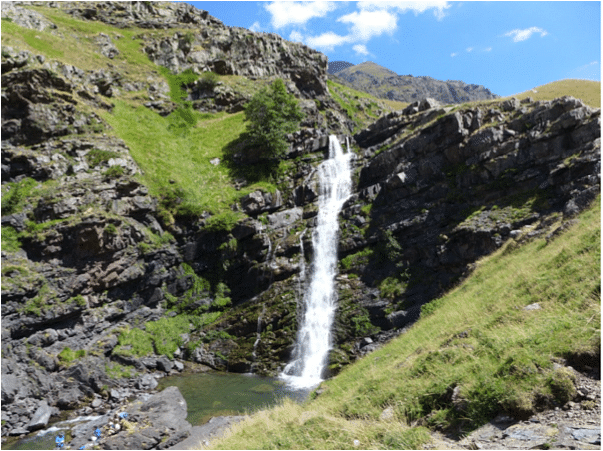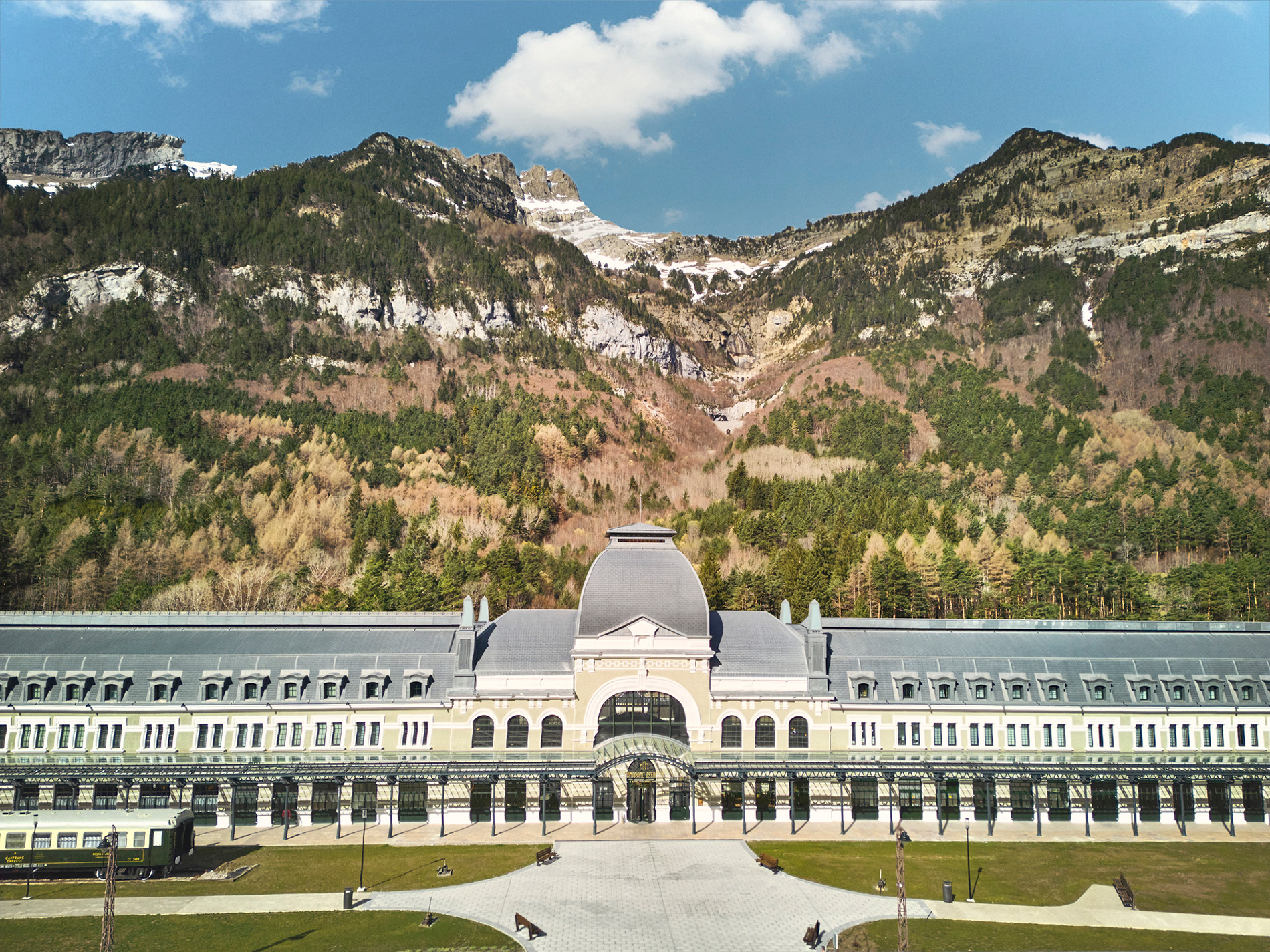Nestled in between the Cinca and Ara rivers, in the Sobrarbe region, the medieval village of Aínsa (Huesca province) is one of the most beautiful places in the Pyrenees. It is also the perfect starting point for walking or cycling excursions and mountaineering, for enjoying the area’s art and culture, and for visiting the Ordesa y Monte Perdido National Park (internal link), the Posets-Maladeta Natural Park and the Sierra y Cañones de Guara Natural Park.
With approximately 2,000 inhabitants, Aínsa is a very popular tourist destination, since it is one of the most beautiful villages in Huesca and one of the largest in the Sobrarbe region. The village has two distinct areas: the more modern, commercial part and the medieval quarter. So, what is there to do in Aínsa you ask? Read on to find out:
Sights and landmarks in Aínsa
Declared a Site of Historical and Artistic Interest in 1965, Aínsa boasts numerous tourist attractions, from its old cobbled streets to its historical castle (eleventh to seventeenth centuries), the wall, the main square, Santa María church (twelfth century) and the historic Casa Arnal (sixteenth century) and Casa Bielsa (sixteenth and seventeenth centuries). Below are some key reasons to visit this village in the Aragonese Pyrenees (internal link) on a quick break:
Aínsa castle fortress
The oldest part of the castle, the keep, was built on the site of a former Arab fortress in the eleventh century, together with the walled complex. These days the keep houses the Eco Museum Visitors’ Centre. Most of the structure of the castle that stands today was built in the seventeenth century, for which around 70 houses were demolished. In July the bailey of the castle plays host to the Aínsa Castle Music Festival and in September the Sobrarbe Expo-Fair.
Aínsa’s main square
There is every reason to believe that the main square (Plaza Mayor) dates from the twelfth and thirteenth centuries, the period of greatest splendour of Aínsa (Sobrarbe), which explains its large size. The beautiful medieval square, which has a trapezium-shaped floor plan, has retained several of its original buildings and remains of the original wall can still be seen. The porticoes with semi-circular arches that line the square are its most characteristic feature.
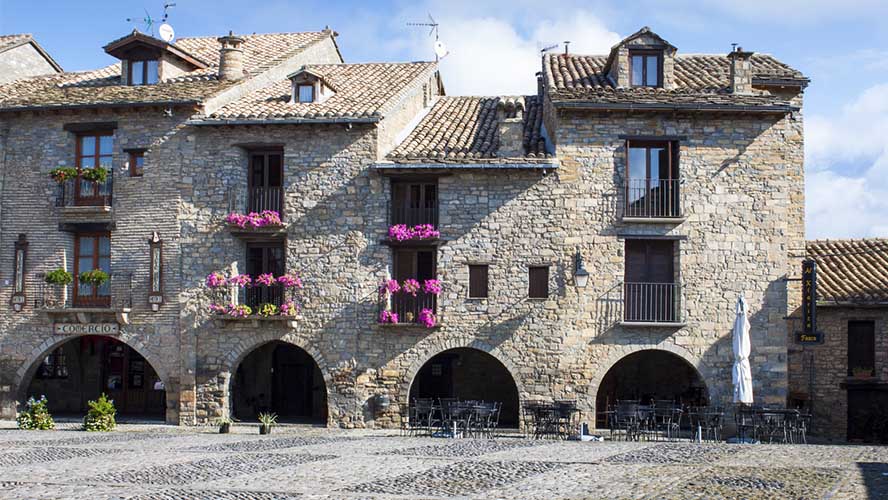
The historical quarter
Aínsa’s historical quarter stands out for the beauty and history of its buildings and monuments. The old town is formed of two almost parallel streets, Calle Mayor and Calle de Santa Cruz, in addition to the main square, which is situated behind the castle. The historical quarter of Aínsa was declared a Site of Historical and Artistic Interest in 1965.
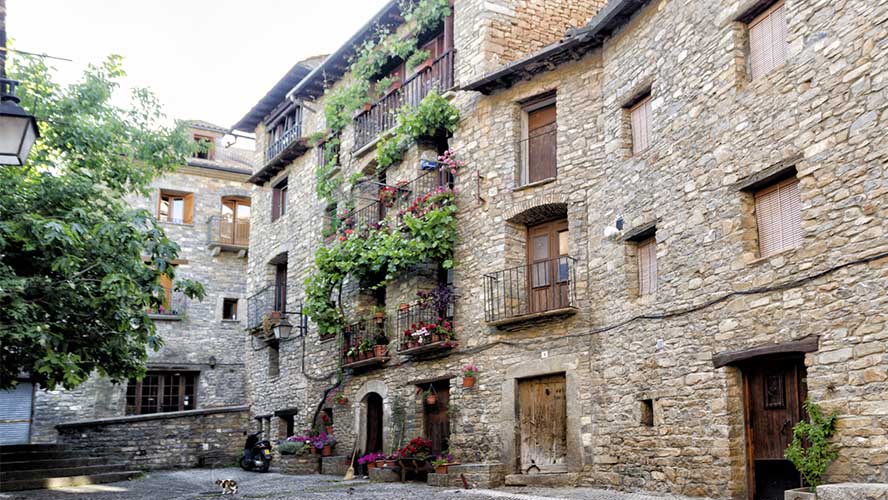
Santa María church
The church dates from the late eleventh and early twelfth centuries and is one of the most distinctive places of worship in the Sobrarbe region. An emblem of the Romanesque architecture of Aragon’s highlands, attached to the church is a cloister with an irregular-shaped floor plan, with three Romanesque sides and two Gothic sides, dating from the fourteenth to fifteenth centuries. The church tower, built in the eleventh century, had a dual religious/military function.
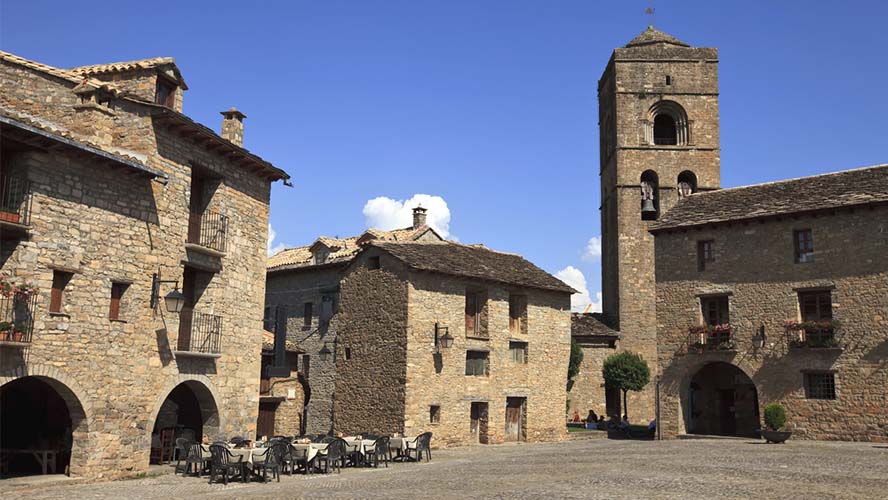
Fauna Eco Museum
The aim of this museum is to disseminate the most interesting information related to the wildlife and nature of the Pyrenees. The museum invites visitors to learn about the mountain region, where the true stars are the forests and meadows, the rivers and waterfalls, the crags and gorges, the peaks and glaciers, and its flora and fauna. You can also observe birds of prey.
Traditional Arts and Crafts Museum
Located in one of the most distinctive traditional houses, Casa Latorre, this museum houses one of the most important ethnographic collections in the Pyrenees. Set across four floors in a sixteenth-century building, the museum allows you to view the workshop’s of a blacksmith, carpenter and potter, among others, and is a must-visit to learn about the traditional arts and crafts of the valleys and mountains.
Eating out in Aínsa
Both locals and visitors wax lyrical about Huesca’s traditional food (internal link), which is another great reason to visit the area for those who enjoy culinary tourism. Local restaurants serve a wide range of traditional dishes, such as venison or beef sirloin, stuffed lamb tripe, crispy sweetbreads, snails and traditional migas, a dish made from fried breadcrumbs.
Some of the most popular establishments are Callizo Aínsa, situated right on the main square, serving a fusion of traditional mountain fare and modern cuisine; and Bodegón de Mallacán, located in a medieval house dating from the late eleventh century, which boasts a terrace with views of the main square. Nor can we forget Casa Falceto, which offers traditional Basque and Spanish food in a medieval mountain setting with spectacular views, and La Carrasca Pintxo, which is the perfect place for an informal meal consisting of tapas and pintxos.
What to see in Aínsa’s surrounding area
The surrounding area is home to small hamlets, charming places and monuments that are well worth visiting, even if it’s just for a pit stop. Below are some unique must-visit attractions and villages close to Aínsa:
Route of the Hermitages of Tella
This is an interesting circular route taking in three of Tella’s lovely hermitages: Los Santos Juan y Pablo (eleventh century), La Virgen de Fajarillas (twelfth century) and La Virgen de la Peña (sixteenth century). All three are in the middle of the mountains, in the surrounding area of the Ordesa y Monte Perdido National Park, at the entrance to the mountaintop village of Tella.
Ibón de Plan
All known as Basa de la Mora, this glacial lake in the Aragonese Pyrenees is situated in a spectacular natural area, flanked by enormous rock formations, mountain pine forests and green meadows. Its name comes from its proximity to the village of Plan, famous in its day for the women that were invited to the village to marry local men.
Mediano reservoir
Situated in the municipal district of La Fueva (Huesca), the reservoir is one of the largest in Aragon spanning over 1,700 hectares. Its water is used to irrigate the land in the local area and to generate electrical energy. In the area surrounding Mediano tower you can enjoy a range of adventure sports, which makes it a perfect destination when visiting Aínsa and Huesca with children (internal link).
Ordesa y Monte Perdido National Park
Situated in the Sobrarbe region of Aragon and spanning 15,000 hectares, it is the second-oldest national park in Spain and the seventh most visited. Its highest peak is Monte Perdido, from which incredible glacial valleys descend, such as the Ordesa valley, through which the Arazas river runs.
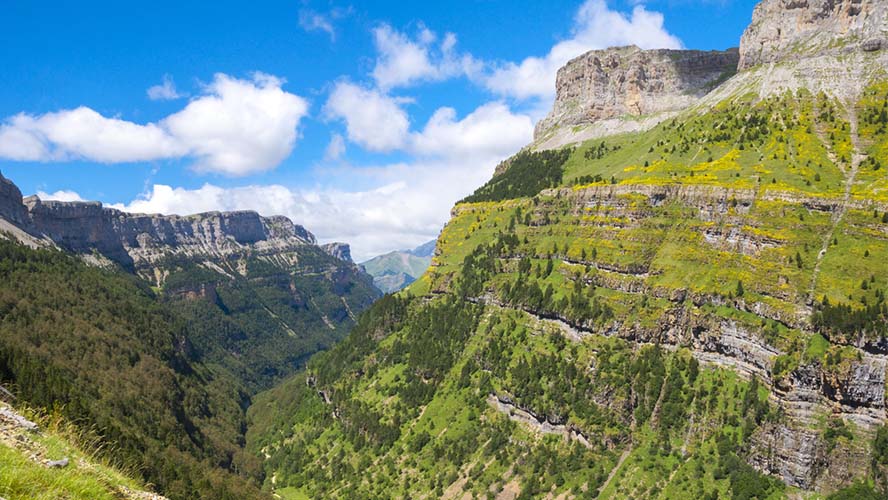
San Victorián royal monastery
This monastery complex is situated in the town of Los Molinos, in the Sobrarbe region. It is said to date from the sixth century and that it could be the oldest monastery on the Iberian Peninsula. Nevertheless, its existence has only been documented from as early as the tenth century.
Useful information
How to get to Aínsa:
- By car. Aínsa is 168 kilometres from Zaragoza, a journey of about two hours by car along the E-7 or the A-23 and the N-260. It takes around 75 minutes to get to Aínsa from Huesca, which is 100 kilometres away, along the E-7 or the A-23 and the N-260.





























